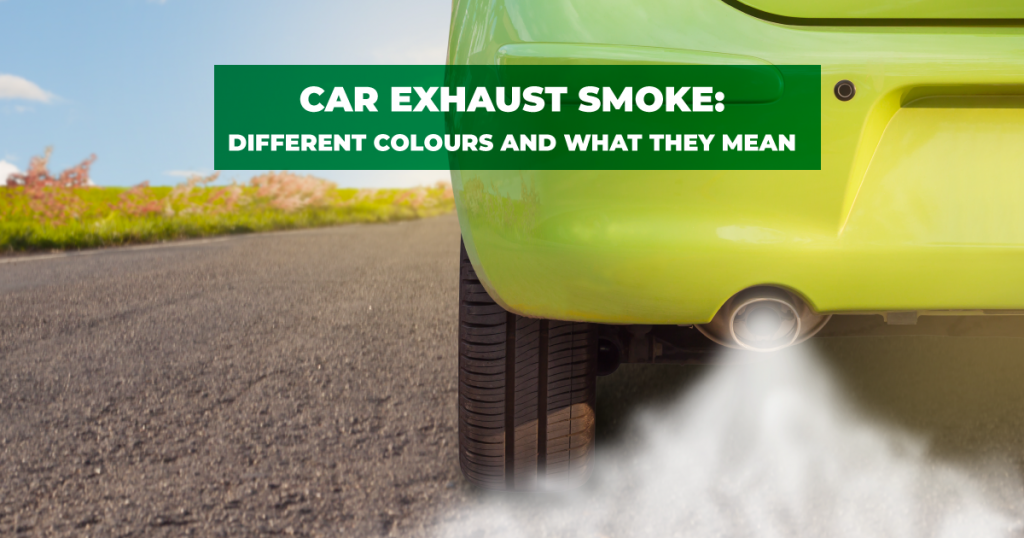As a driver, you understand different colours to mean different things. When it comes to traffic lights, green means go, red means stop and yellow is caution. Traffic lights can change colours freely but what does it mean when your car’s exhaust smoke starts to change colours? It may mean nothing or it could be a sign of underlying problems that need immediate attention.
Below we have decoded your car’s “smoke signals” and what they mean.
1. Light or thin white exhaust smoke
Diagnosis: Normal
This is mostly water vapour that is normally present when you first start your car on a cold day. The light or thin white exhaust smoke is as a result of condensed water that accumulates in the exhaust system. It is a common occurrence in cars and should not be a cause for alarm.
2. Blue or grey exhaust smoke
Diagnosis: Not normal
This usually means that there is a possibility of an oil leak and your engine is burning oil. Oil leaks can be as a result of a damaged cylinder or piston rings or the valve seals could be leaking. When this happens, it is important to alert your mechanic and have your car thoroughly checked out.
3. Black exhaust smoke
Diagnosis: Not normal
When your car is burning excess fuel, it will emit black exhaust smoke. This could be as a result of a malfunctioning fuel system, damaged air filters or a myriad of other issues. A damaged air filter may not increase your fuel consumption that much but it may lead to poor performance. Don’t ignore black exhaust smoke coming from your car. You need to alert your mechanic before your car suffers further damage.
4. Persistent milky white or greyish smoke
Diagnosis: Not normal
If you notice persistent thick white smoke being emitted from your exhaust pipe it could mean that there’s a leak in the gasket head. This could mean that the engine coolant is being heated and is blown out through the exhaust pipe when you start your engine. When your engine coolant leaks on hot days, it may cause the engine to overheat which may ultimately lead to engine failure.
Thick white or grey smoke from your exhaust pipe could be as a result of a damaged cylinder head which may be a serious problem. Contact your mechanic as soon as possible and to avoid incurring extra costs in major repairs.
Conclusion
Learn what every colour of smoke your car is sending out means. If you notice a change in colour, be quick to let your mechanic know. Your car may be alerting you about an underlying problem such as a damaged engine, clogged air filters or something else.
